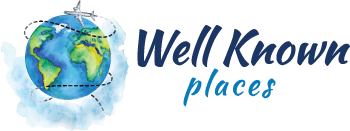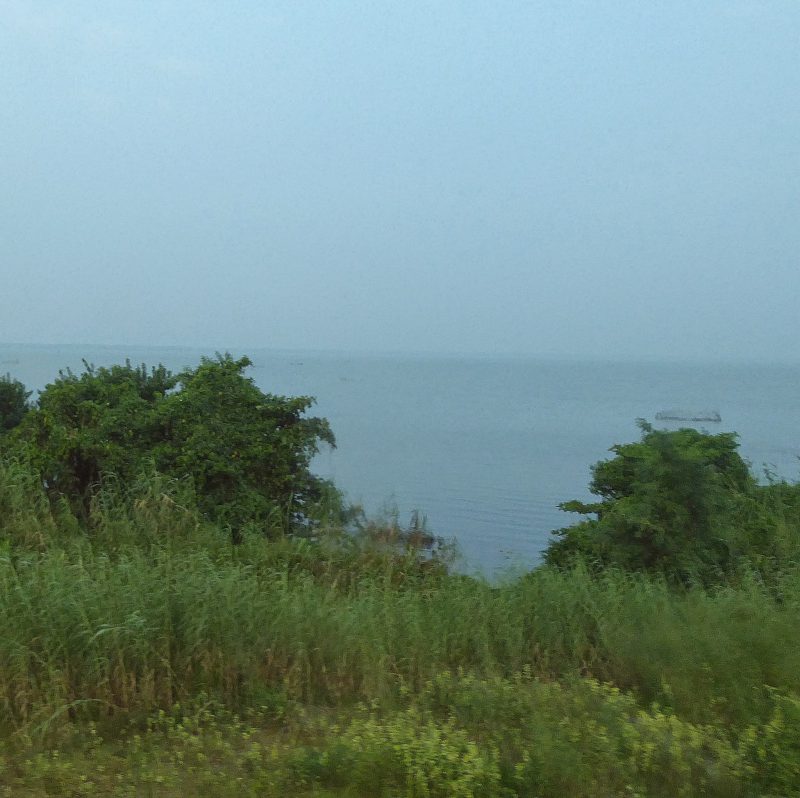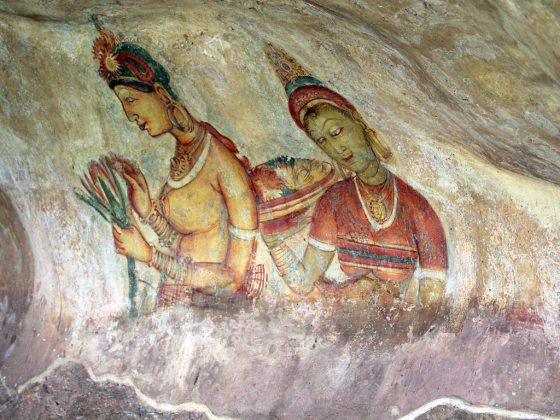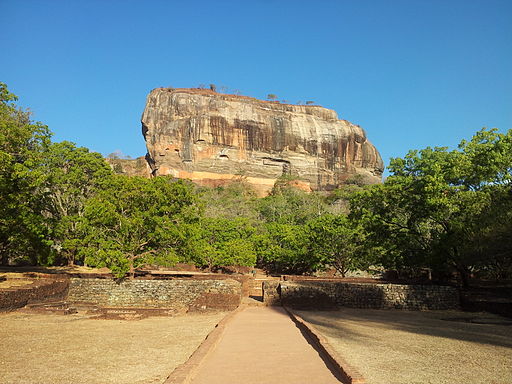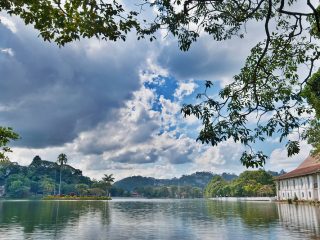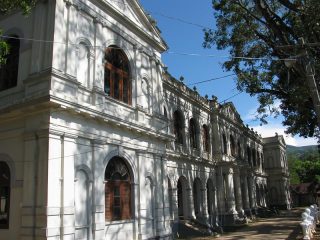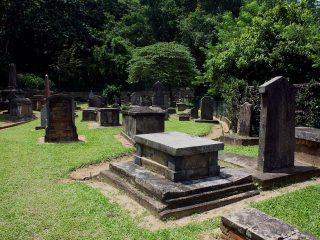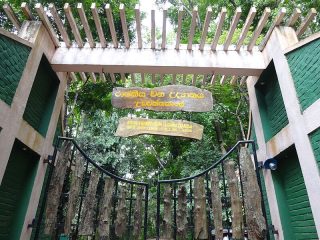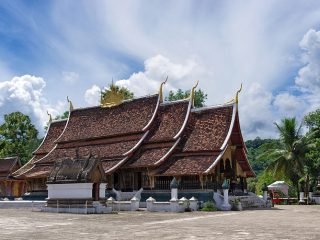Being the largest saline peat bog in Sri Lanka Muthurajawela Marsh has been said to be originated over 7000 years ago. The word Muthurajawela translates to ‘Swamp of Royal Treasure’ in Sinhala and the treasure being the marsh’s rich biodiversity.
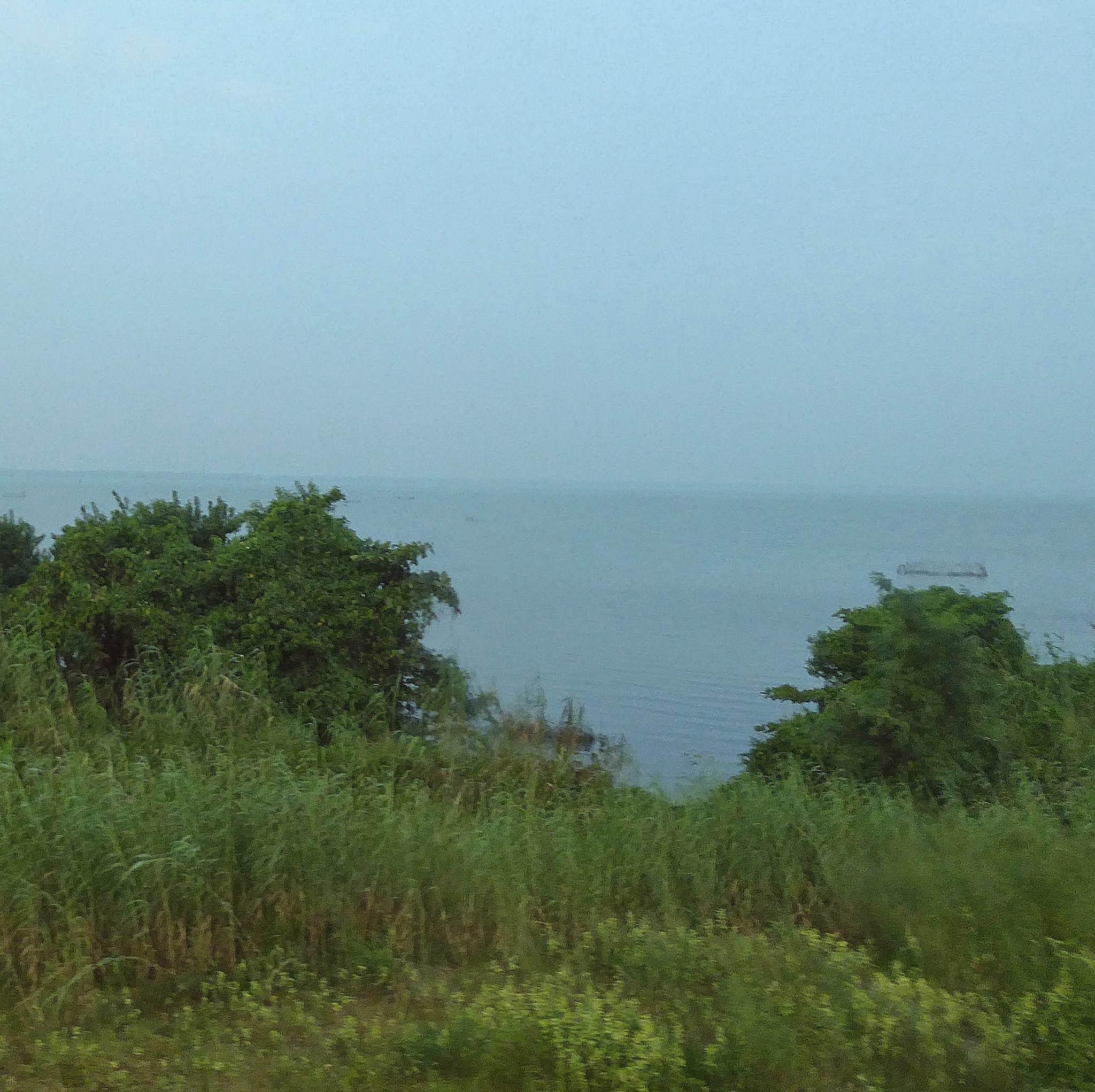
The Wetland
Located in the southern region of the Negombo lagoon, the Marsh spans around 3,068ha and in the year of 1996 wetland was declared as a wetland sanctuary by the government. Today, it is a popular tourist destination which provides visitors spectacular sightseeing and boating tours.
Flora and Fauna
The protected wetland reserve harbours over 209 distinct species of fauna and 192 species of flora which includes a number of endemic and protected creatures and plants. The biosphere of the Muthurajawela is under threat and is rapidly changing due to human activity.
The Wildlife and Landscapes
The dominant species of vertebrates of the marsh are Birds and the Muthurajawela is home to over 102 varieties of them. The wide range of different ecosystems in the wetland provides shelter for a variety of birds and it is also home to many other reptiles, amphibians, mammals and insects
Things to consider
These wetlands are mosquito breeding grounds and it is necessary to wear appropriate clothing that will protect you from mosquito bites and from the thick wilderness. You might need a place to spend the night as you’ll spend the whole day exploring the marsh. After a day of exploring, you will need to rest at a resort or a hotel. Colombo airport’s surrounding area offers various accommodation choices including the likes of The Tamarind Tree Hotel.
Auburn Silver is a travel writer who has a passion for fashion and a deep interest in admiring new and exotic attractions around the world. Google+
